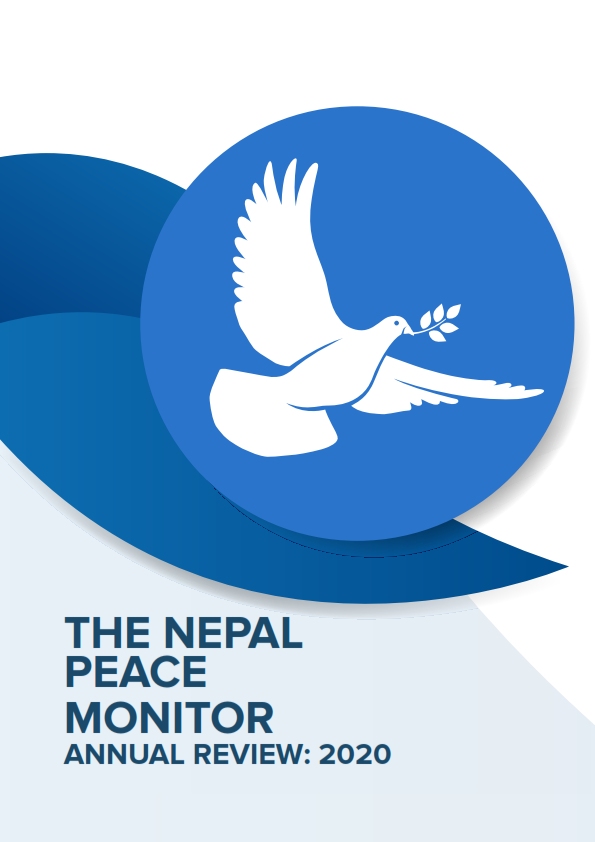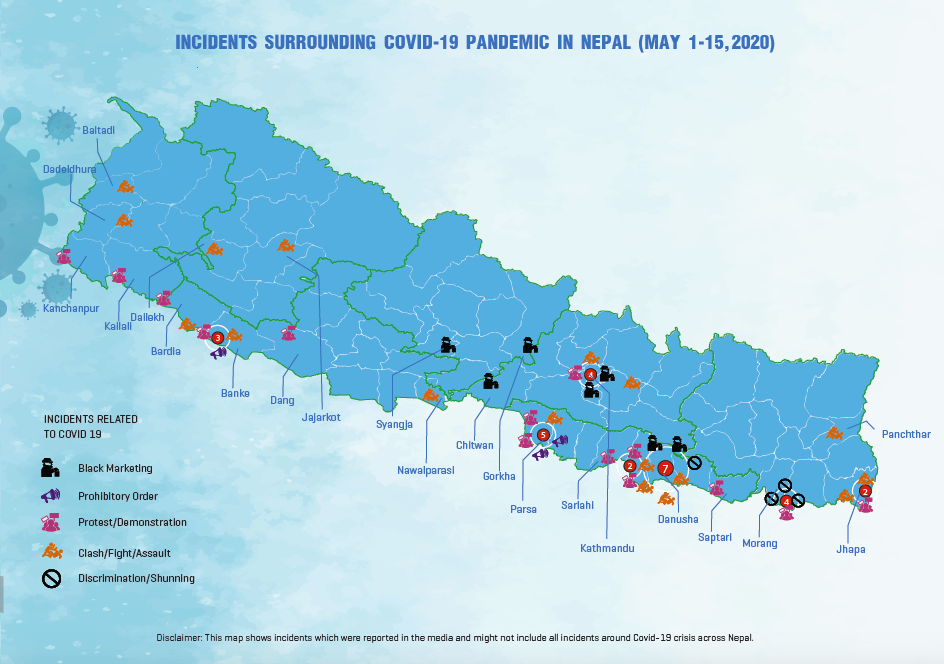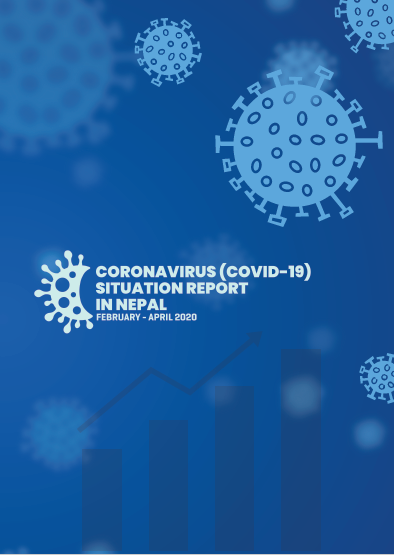Incident Reports
Trafficking survivor reunites with family in Kathmandu
2015-08-17
Sagar Tamang, a 13-year-old trafficking survivor, spends his weekdays at home with his father and the weekend with his two young brothers at a child home centre.
Tamang along with his two brothers who were India-bound had been rescued by the police in June. Since then Sagar, the eldest of them, has been dividing his time between his shelter home and his family. “Father is old and after our mother passed away there is no one to look after him. I like being with my father and my brothers,” said Sagar.
Sagar’s father had washed his hands of his three young sons after losing his wife in the April 25 earthquake. The wife was the only breadwinner of the house, who sold vegetables on the streets of Samakoshi.
Despite repeated objections from the three offsprings, the father had shaved their heads and was given orange monk robes to wear before being sent to Dharmashala in India with a distant relative.
Kaji Tamang, however, had a change of heart when his sons were rescued. He was then persuaded to keep his sons, the youngest of whom is just five years old, with him. The 72-year-old father opted to keep his oldest child with him saying the other two were too young for him to take care of.
Tamang family’s reunion is unique because this is the first case among those rescued after the earthquake where only one child from the family has gone back to live with his parent and the others living in a child centre.
After the Great Earthquake, authorities have rescued 337 children from different parts of the country. These children were from Dhading, Dolakha, Kavre, Okhadhunga, Rasuwa, Nuwakot, Lamjung and Rukum.
According to the government, its first priority is to reunite children with their family. In cases where parents are too old and weak such as the Tamang brothers or too ill, then their nearest relatives are the second choice. However, if suitable relatives are not found, trafficked children are kept in a child centre.
“In other cases, we have either handed over the children to the family or kept them at shelter homes depending on the condition of the family. But the Tamang brothers are the first case where the children have been divided between the father and a child centre,” said Dilli Ram Giri, chairperson of Central Child Welfare Board.
Giri further added that despite the government’s initiative to keep children safe at home with their family, parents often due to unawareness and poverty send their children with distant relatives or acquaintance paying little heed to the fact that they can fall prey to labour and trafficking.
In order to stop child trafficking, the government has put a moratorium on opening new shelter homes and banned children from leaving one district to another without permission from District Children Welfare Committee headed by the Chief District Officer.
National/Online Media
Related Reports
GBV / Siraha
Complaint lodged against a 30-year-old man on the charge of raping a 13-year-old teenage girl in Siraha
December 26, 2023
GBV / Okhaldhunga
52-year-old man arrested on the charge of sexually assaulting a 16-year-old teen girl in Okhaldhunga
Province 1, Okhaldhunga, Sunkoshi, Ward 8
December 03, 2023
GBV / Rupandehi
Complaint lodged against a 22-year-old youth on the charge of raping a minor girl in Rupandehi
August 29, 2023
Related Trend Analysis
Analysis

THE NEPAL PEACE MONITOR ANNUAL REVIEW: 2020
October 25, 2021
Human Trafficking / LGBT+ Rights / GBV / Political / Children’s Rights / Senior Citizens’ Rights / HRD Issues / Human Rights / Interpersonal Violence / Governance / Covid-19 / Civic-Space / PwD




